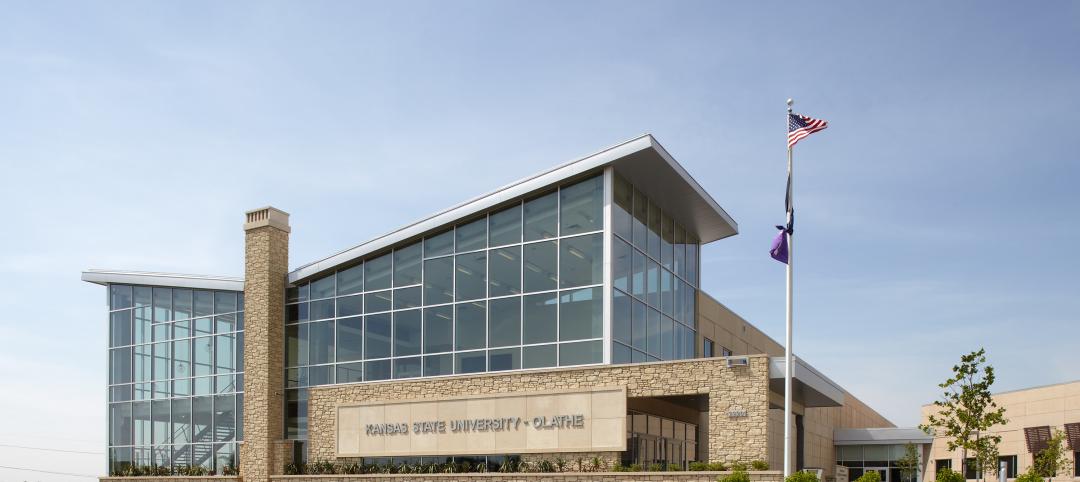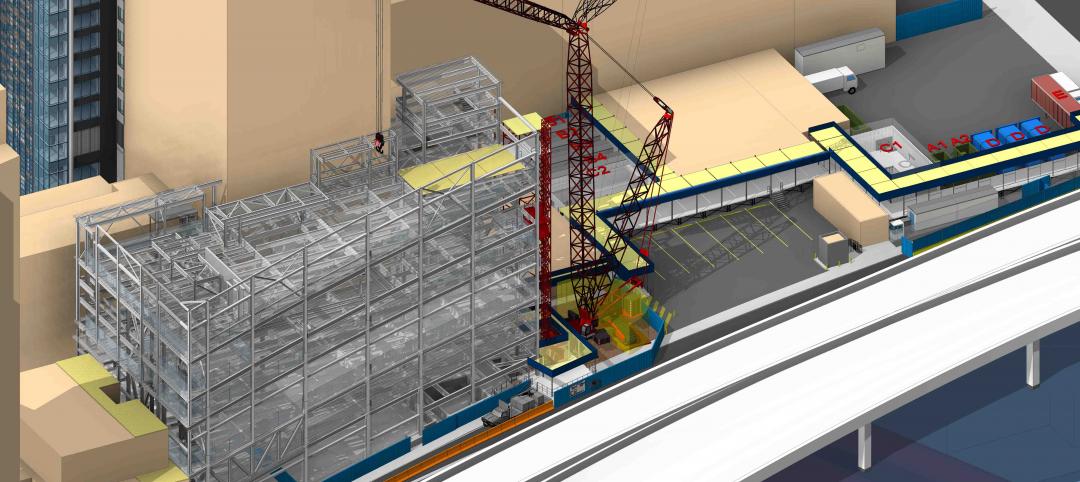This course provides architects, engineers, and contractors with practical advice about implementing net-zero energy buildings using brick masonry. AEC professionals are advised to tackle energy demand first, and not to count on renewable energy sources (photovoltaics, wind, etc.) to achieve net-zero status.
They are further advised to do as much as possible in terms of reducing energy consumption in the building, even if renewables are not available or cost too much, with the hope that the building will be "net-zero ready" for future installation of PVs and other renewables.
Brick masonry is shown to be an effective wall system in the design and construction of such a net-zero energy building.
After reading this article, you should be able to:
• Define the term “net-zero energy (NZE) building” and list the basic properties of heat loss and heat gain and their application to the design and construction of NZE buildings.
• Evaluate the typical R-values of masonry walls, the thermal mass properties of brick walls, and their use in net-zero energy buildings.
• Describe various passive solar and active solar techniques (for renewable energy) and their application to net-zero energy buildings.
• Describe thermal bridges that occur in structures, how they degrade the thermal performance of the wall, and why their reduction or elimination is critical to achieving a net-zero energy building.
Take this AIA CES Discovery course at BDCuniversity.com
Related Stories
| Oct 9, 2012
Celebrating brick in architecture
The Brick Industry Association’s 2012 Brick in Architecture Awards put the spotlight on new projects that make creative use of one of humankind’s oldest and most beloved building materials.
| Jun 29, 2012
SOM writes a new chapter at Cincinnati’s The Christ Hospital
The 332,000–sf design draws on the predominantly red brick character of The Christ Hospital’s existing buildings, interpreting it in a fresh and contemporary manner that fits well within the historic Mt. Auburn neighborhood while reflecting the institution’s dedication to experience, efficiency, flexibility, innovation and brand.
| Jun 25, 2012
AIA-NJ honors DMR Architects
The academic building, completed in 2009, provides classrooms, computer labs, faculty offices, and meeting spaces for the College, which has a steady 7% annual increase in enrollment.
| Jun 8, 2012
Nauset Construction completing sustainable dorm for Brooks School
Student input on green elements provides learning experience.
| Jun 4, 2012
Brownfield goes green
Chicago Center for Green Technology uses high-speed, energy-efficient hand dryers to share its green message and earn LEED credits.
| Jun 1, 2012
New BD+C University Course on Insulated Metal Panels available
By completing this course, you earn 1.0 HSW/SD AIA Learning Units.
| Jun 1, 2012
AIA 2030 Commitment Program reports new results
The full report contains participating firm demographics, energy reduction initiatives undertaken by firms, anecdotal accounts, and lessons learned.
| Jun 1, 2012
K-State Olathe Innovation Campus receives LEED Silver
Aspects of the design included a curtain wall and punched openings allowing natural light deep into the building, regional materials were used, which minimized the need for heavy hauling, and much of the final material included pre and post-consumer recycled content.
| Jun 1, 2012
New York City Department of Buildings approves 3D BIM site safety plans
3D BIM site safety plans enable building inspectors to take virtual tours of construction projects and review them in real-time on site.















